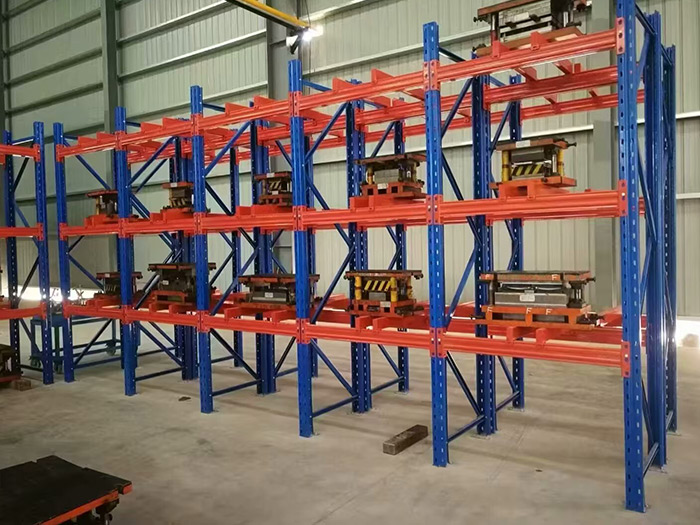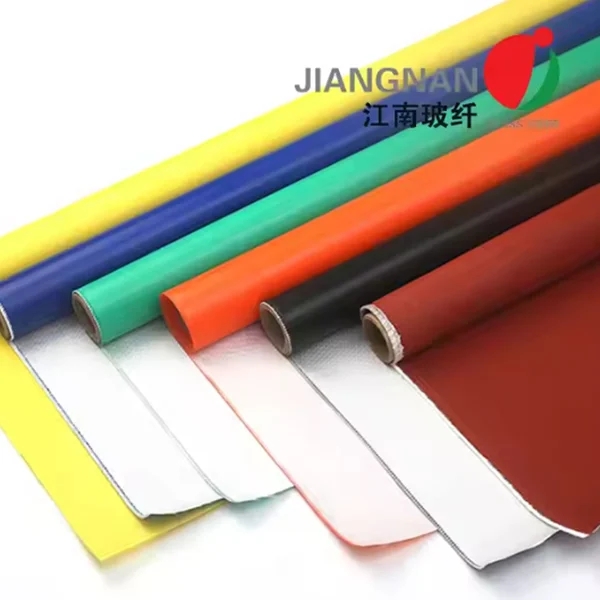Unveiling the Optimal Methods for Waterproofing Roofs
2 min readWaterproofing is a crucial aspect of roof construction, ensuring the longevity and integrity of the building. With various methods available, it is essential to understand the different techniques and their suitability for different roof types. In this comprehensive blog post, we will explore the most effective and widely used methods for waterproofing roofs, providing valuable insights for both professionals and homeowners.
- Built-Up Roofing (BUR):
Built-Up Roofing, commonly known as BUR, is a traditional and time-tested method for waterproofing flat or low-sloped roofs. It involves layering multiple plies of asphalt-impregnated felt or fiberglass, alternating with hot-applied bitumen. The final layer is topped with gravel or a reflective coating to enhance durability and UV resistance. BUR offers excellent waterproofing capabilities and is particularly suitable for commercial buildings. - Modified Bitumen Roofing (MBR):
Modified Bitumen Roofing is an evolution of BUR, incorporating polymer-modified bitumen sheets instead of traditional felts. These sheets are either torch-applied, self-adhered, or cold-applied with adhesives. MBR provides enhanced flexibility, durability, and resistance to extreme weather conditions. It is commonly used for both residential and commercial roofs with low to moderate slopes. - Thermoplastic Olefin (TPO) Roofing:
TPO roofing has gained popularity in recent years due to its exceptional performance and energy efficiency. It consists of a single-ply membrane made of thermoplastic polyolefin compounds. TPO roofs are heat-welded at the seams, creating a seamless and watertight barrier. This method offers excellent resistance to UV radiation, chemicals, and punctures. TPO roofing is commonly used for commercial and industrial buildings. - Ethylene Propylene Diene Monomer (EPDM) Roofing:
EPDM roofing is a synthetic rubber membrane widely used for waterproofing roofs. It is highly durable, resistant to UV radiation, ozone, and extreme temperatures. EPDM membranes are available in large sheets, which can be mechanically fastened, ballasted, or fully adhered to the roof substrate. This method is suitable for both residential and commercial roofs with low to moderate slopes. - Liquid Applied Membrane (LAM) Systems:
Liquid Applied Membrane systems involve the application of liquid coatings directly onto the roof surface. These coatings, typically made of polyurethane or silicone, cure to form a seamless, flexible, and durable membrane. LAM systems offer excellent waterproofing capabilities and are particularly useful for roofs with complex shapes or irregular surfaces. They are commonly used in both residential and commercial applications.
Conclusion:
Choosing the right waterproofing method for roofs is crucial to ensure long-term protection against water damage. The methods discussed in this article, including Built-Up Roofing, Modified Bitumen Roofing, Thermoplastic Olefin Roofing, Ethylene Propylene Diene Monomer Roofing, and Liquid Applied Membrane Systems, offer a range of options suitable for different roof types and applications. By understanding the strengths and limitations of each method, professionals and homeowners can make informed decisions to safeguard their roofs effectively.



